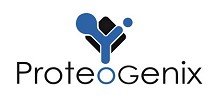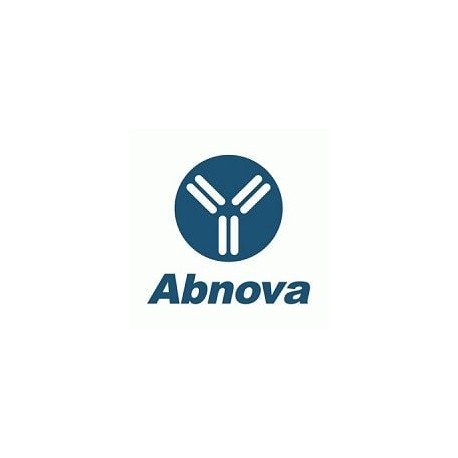Cart 0 Product Products (empty)
No products
To be determined Shipping
0,00 € Total
Prices are tax excluded
Product successfully added to your shopping cart
Quantity
Total
There are 0 items in your cart. There is 1 item in your cart.
Total products (tax excl.)
Total shipping (tax excl.) To be determined
Total (tax excl.)
Data sheet of NCR2 monoclonal antibody, clone 8F12
| Brand | Abnova |
| Product type | Primary antibodies |
| Reactivity | Human |
| Host species | Mouse |
| Applications | ELISA,WB-Re |
More info about NCR2 monoclonal antibody, clone 8F12
| Brand: | Abnova |
| Reference: | MAB1057 |
| Product name: | NCR2 monoclonal antibody, clone 8F12 |
| Product description: | Mouse monoclonal antibody raised against partial recombinant NCR2. |
| Clone: | 8F12 |
| Isotype: | IgG3, kappa |
| Gene id: | 9436 |
| Gene name: | NCR2 |
| Gene alias: | CD336|LY95|NK-p44|NKP44|dJ149M18.1 |
| Gene description: | natural cytotoxicity triggering receptor 2 |
| Genbank accession: | NM_004828 |
| Immunogen: | Recombinant protein corresponding to amino acids 19-130 of human NCR2. |
| Protein accession: | NP_004819 |
| Form: | Liquid |
| Recommend dilutions: | Western Blot (1:1000-1:2000) The optimal working dilution should be determined by the end user. |
| Storage buffer: | In PBS, pH 7.4 (0.09% sodium azide) |
| Storage instruction: | Store at -20°C. Aliquot to avoid repeated freezing and thawing. |
| Note: | This product contains sodium azide: a POISONOUS AND HAZARDOUS SUBSTANCE which should be handled by trained staff only. |
| Product type: | Primary antibodies |
| Host species: | Mouse |
| Antigen species / target species: | Human |
| Specificity: | This antibody is specific to NCR2 and does not cross react with NCR3 and NCR1. |
| Reactivity: | Human |
| Application image: |  |
| Application image note: | Western blot analysis of human recombinant proteins NCR3 (Lane 1) , NCR2 (Lane 2) , and NCR1 (Lane 3) (each 20 ng per well) were resolved by SDS - PAGE , transferred to PVDF membrane and probed with NCR2 monoclonal antibody , clone 8F12 (Cat # MAB1057) (1 : 1000) . Proteins were visualized using a goat anti - mouse secondary antibody conjugated to HRP and an ECL detection system. Arrow indicates human recombinant protein NCR2 (residues 19 ~ 130) . |
| Applications: | ELISA,WB-Re |
| Shipping condition: | Dry Ice |
| Publications: | Human natural killer cell receptors: insights into their molecular function and structure.Biassoni R, Cantoni C, Marras D, Giron-Michel J, Falco M, Moretta L, Dimasi N. J Cell Mol Med. 2003 Oct-Dec;7(4):376-87. |


